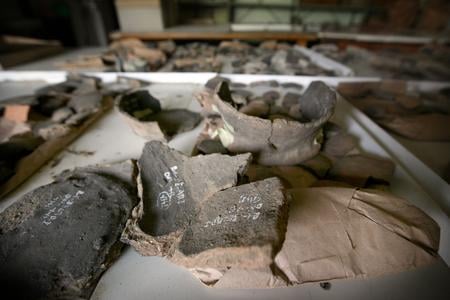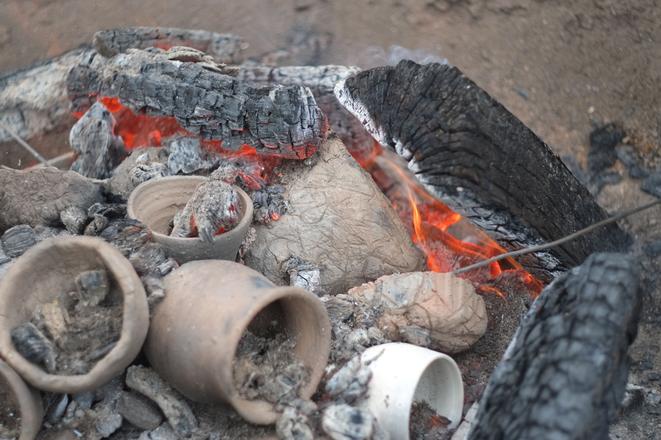Research in most of Europe has suggested that what many experts define as 'proper' pottery only appeared in the continent once people had begun to form settlements, adopted agriculture and lived a sedentary way of life, at some point in the Neolithic, or Younger Stone Age around 5500 BCE.
It is also assumed that the tradition of making pottery spread to the territory of Central Europe through the Balkans.
However, a recent discovery near Santovka, Southern Slovakia, has revealed gaps in our knowledge about the introduction of pottery in Central Europe. Around two dozen pottery fragments found in lake deposits have been dated to roughly 300 years older than previous known pottery in the region.
And what is surprising, the pottery from which the shards came was not made by settled farmers, but by hunters and gatherers who moved from place to place.
"We believed that carrying heavy pottery vessels could cause problems," Professor Jozef Bátora from the Institute of Archaeology of the Slovak Academy of Sciences in Nitra tells The Slovak Spectator, adding that these people had found a way to adapt the vessels so that they would not be difficult to carry while travelling.
Bátora was part of an international team whose research results were recently published in the Radiocarbon and Scientific Reports journal. Based on detailed analysis, the team not only found out what material the ceramics were made of, but also how they were manufactured.

To stay up to date with what scientists in Slovakia or Slovak scientists around the world are doing, subscribe to the Slovak Science newsletter, which will be sent to readers free of charge four times a year.
A great place to live
The village of Santovka is located near travertine mounds, a form of limestone deposited around hot mineral springs. It is thought these waters were what drew people to the area long ago.


